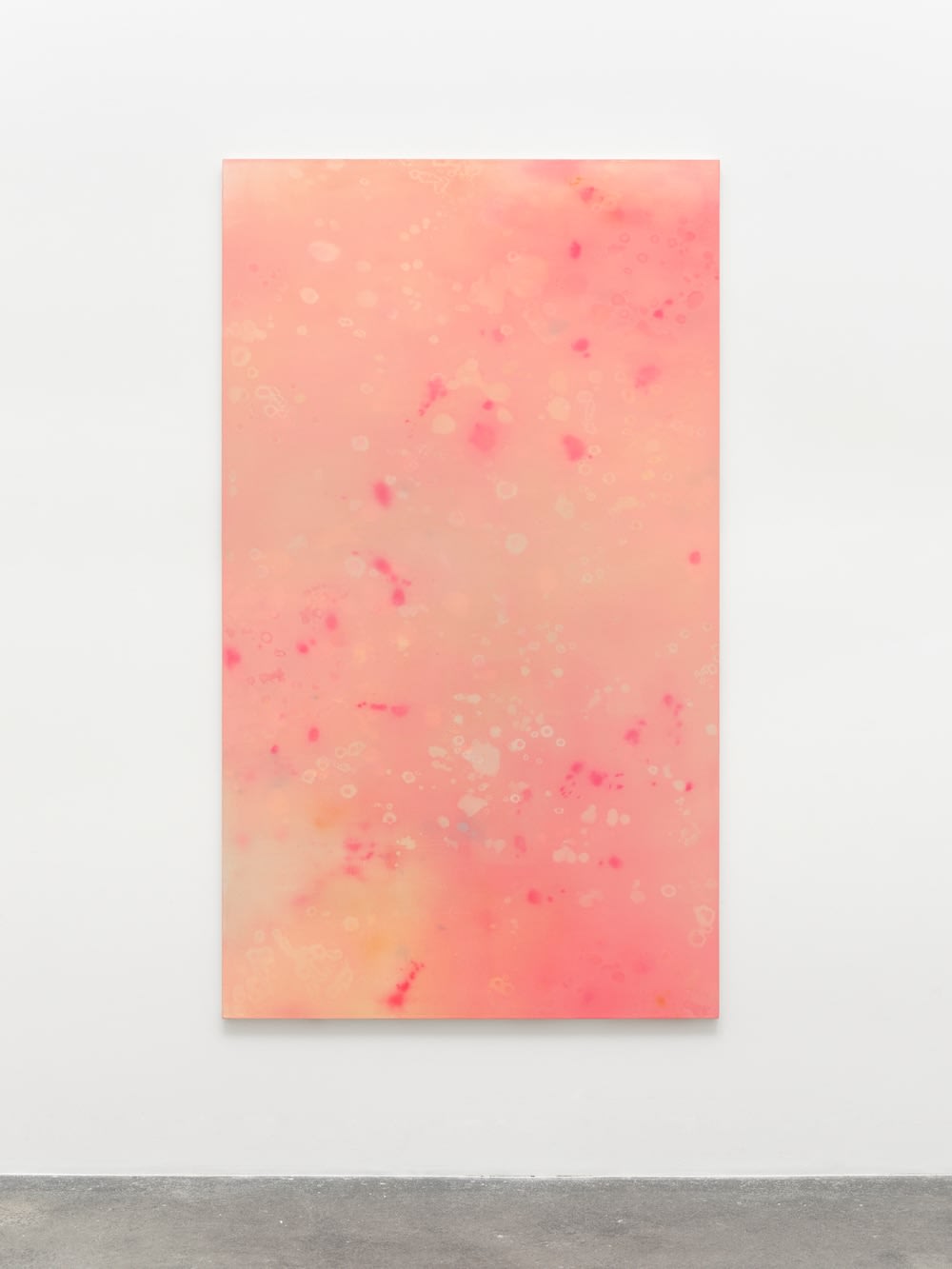-
Artworks
Rebecca Lindsmyr
Untitled (Plansch #6), 2022Oil on canvas190 x 110 cm
74.8 x 43.31 inRLI22025Further images
The work of Rebecca Lindsmyr evolves from an interest in the complexities of the embodied self - as simultaneously being a subject of experience and an object in the world. These...The work of Rebecca Lindsmyr evolves from an interest in the complexities of the embodied self - as simultaneously being a subject of experience and an object in the world. These dual, or multiple vantage points render the self sensitive to relations of power, as well as historically, politically, socially, and emotionally shifting understandings of the body. Due to this sensitivity, the embodied self becomes a mirror of its time and context; as time penetrates it and continuously (re)shapes it.
In Lindsmyr’s practice, this fluidity and sensitivity is explored in relation to painting. Significance is placed on the border between subject and object - a position of being neither, and simultaneously both. A position which the embodied self and the painting structurally can be argued to share. Here, theories of the abject are important; as both the in-between noun and the (violent) process of breaking away from binary categories, or breaking away to form anew. The abject makes possible a performative, plastic view on the self - where the materiality of the body becomes able to hold and tell a narrative. The materiality and process of paint(ing) is placed in relation to the materiality and process of embodiment - filtered through ideas formulated within psychoanalysis, medicine, gender, and queer studies, phenomenology, and philosophy. Through the work, one is confronted with one’s own bodily being, where senses of intimacy, sensuality, discomfort, and disgust lie close at hand.Exhibitions
REBECCA LINDSMYR, A MOUTHFUL, NILS STÆRK, 2022
Join our mailing list
* denotes required fields
We will process the personal data you have supplied to communicate with you in accordance with our Privacy Policy. You can unsubscribe or change your preferences at any time by clicking the link in our emails.





